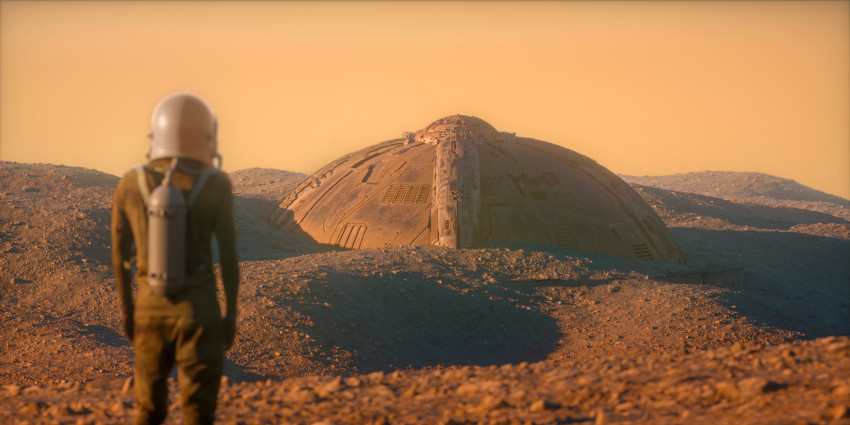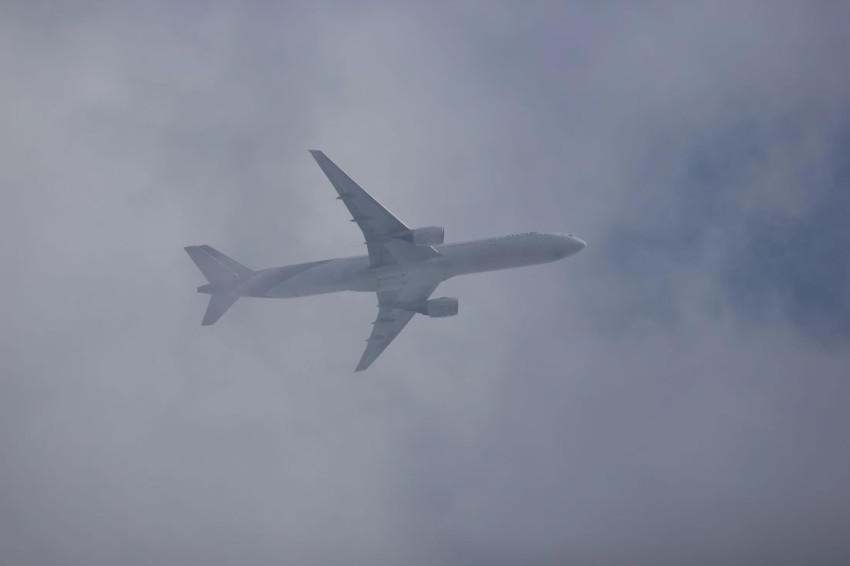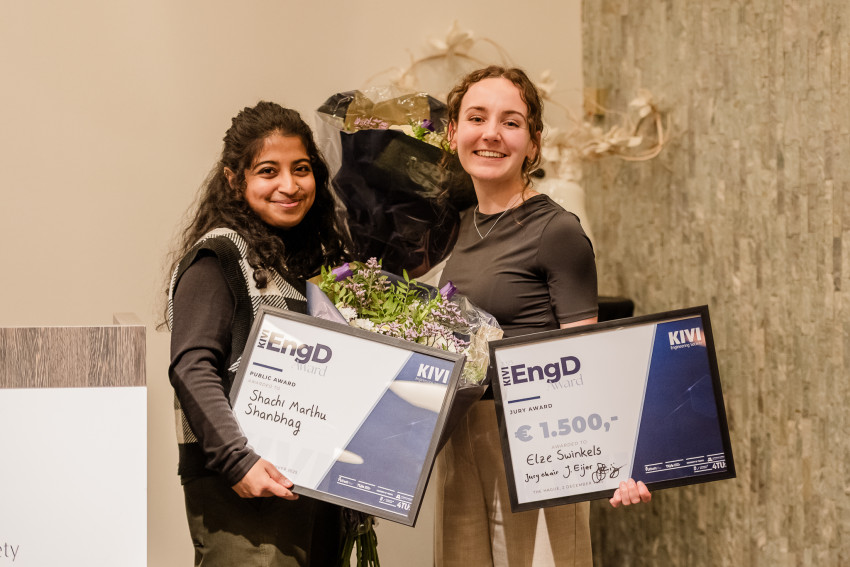
Field of vision of Westerbork telescope now 37 times bigger
Apertif, a system that makes the field of vision of the Westerbork Synthesis Radio Telescope (located in the North of The Netherlands) almost 40 times bigger, was officially commissioned on 13 September 2018.
Apertif was opened by Cees Bijl, a Province of Drenthe deputy. The ceremony was part of the celebrations of the 50th anniversary of the radio telescope, which consists of fourteen dishes with a diameter of 25 m.
BEAMFORMING
The trick used by Apertif to increase the field of view of the Westerbork telescope was previously applied in the Low-Frequency Array (LOFAR). This collection of 20,000 antennas, largely on Dutch soil, is designed to distinguish between radio radiation coming from a specific part of the sky, and unwanted radio radiation from all other directions.
LOFAR exploits the fact that the radio waves from the universe which are being studied reach the antennas at different times. The difference is then compensated: the earlier a certain antenna receives the radiation, the more the signal from this antenna is delayed on its way to the central computer. This allows the computer to create a single image by adding the signals from all antennas. These delays are incorrect for radiation coming from other directions, which is cancelled out when it is merged.
Apertif is now using this principle, which is called beamforming or spatial filtering, for the Westerbork telescope. An array with 121 receivers has been built into 12 of the 14 dishes, which makes it possible to create 37 bundles that each study one particular part of the sky, if desired simultaneously. Previously, it was only possible to study a single bundle per dish.
The same technique is currently being developed for the transmission masts of the future 5G network, which should be able to 'see' where radio radiation comes from.
RAPID PULSES
With its larger field of vision, the Westerbork telescope will now be able to map a large part of the northern sky, and study smaller areas in more detail. In addition, the radio telescope will be focussed on fast radio bursts, high-energy pulses of radio radiation which last just a few milliseconds, and can usually only be detected once. That makes them easy to miss, and astronomers have only been able to observe a few dozen since they were first discovered in 2007. However, the Dutch radio telescope in Westerbork will now be able to analyse the sky continuously thanks to Apertif and a powerful supercomputer which interprets the collected data, making it possible to register these pulses properly.
If you found this article interesting, subscribe for free to our weekly newsletter!
Image: ASTRON







